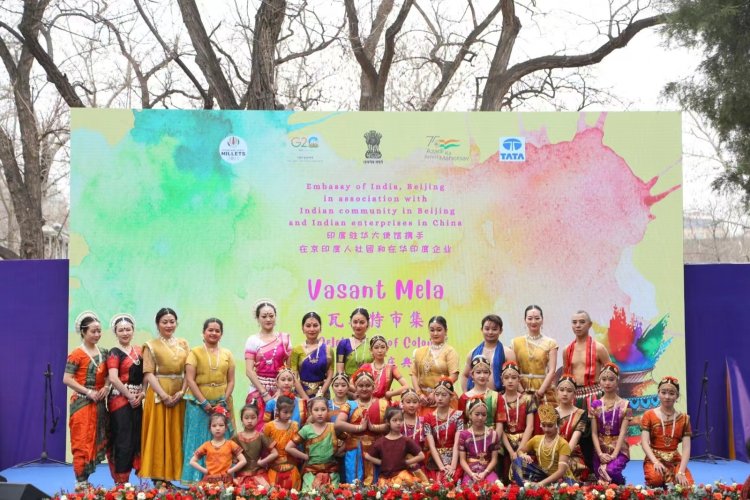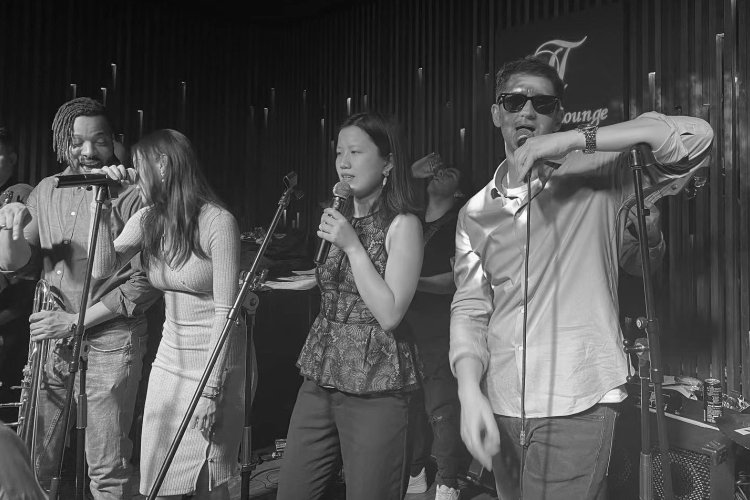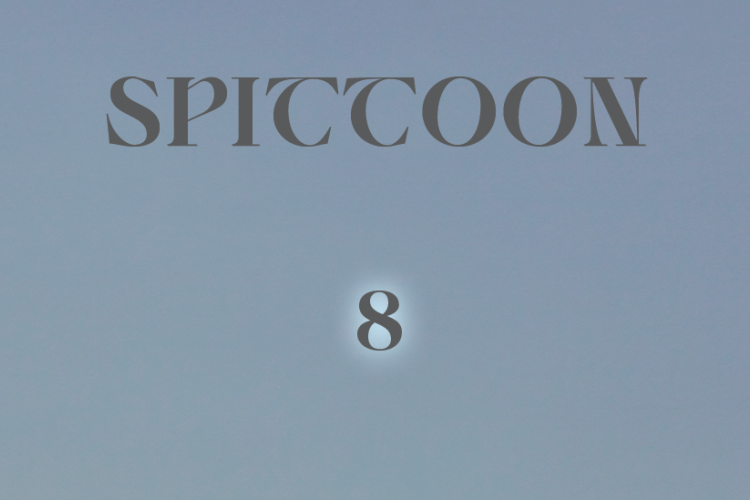A Fascinating Peek: Behind the Scenes of the Chinese Movie Industry
Almost a year ago to this day, the Royal Asiatic Society of Beijing (RASBJ) celebrated its tenth anniversary. Having survived every changing chapter in the city, including Covid, RASBJ is led by Alan Babington-Smith with an ongoing mission to bring China and the rest of the world closer together through a regular schedule of in-person talks, online discussions, expert-led tours and other activities exploring all facets of Chinese and Asian culture, history, society, literature, art, architecture and science.
Oh, and lest I forget, dear reader—film, too. Write this one on your agenda, won’t you? This Wednesday (Oct 30) at 7pm RASBJ will be at La Maison Lyonnaise with Once Upon a Time in Shanghai: Behind the Scenes of the Chinese Movie Industry, an in-person photo presentation by documentary fine-art photographer Mark Parascandola. The talk will be moderated by Chinese Studies graduate and Chinese film aficionado Laura Baldis.
Parascandola is, in fact, based in Washington DC, so Beijing is getting a rare treat with his presence in town. In anticipation of his date with RASBJ, we thought it fit to sit down with him for a nice chat about his body of work and insights on the topic. Almost as good as the movies, we tell you. Be sure to stay with us and read this one.

Hello, Mark, great to have you here this fall. Your work is an exploration of the ways in which photography, as well as film, shape our perceptions of history and create this ambiguity between reality and make-believe. In this capacity, your efforts surely haven’t gone unnoticed; your latest photo book, Once Upon A Time In Shanghai, was awarded First Place in the Documentary Book Project category in the 2019 International Photography Awards. Furthermore, a related work of yours was selected for the "Best of Show" exhibition at the Lucie Awards in New York City in October 2019. What was the trigger to all of this? What made you shoot the images that would start it all?
Hi, a pleasure to be here; I am really looking forward to the event with RASBJ. This story began several years ago, at a time when I was living in China for a few months. I happened to read about the sprawling China Film Group back lot, just outside Beijing, and that it was open to visitors. I had previously published a photobook of film locations in the south of Spain, so I was immediately drawn to this place. The following weekend I visited what turned out to be an eerily quiet space. One turn and I found myself exploring the deserted streets of old Shanghai, except the next corner took me to a cluster of traditional wooden houses set alongside their flower ponds. There were also incongruous classical monuments with grand columns and staircases. I found little company other than a few crew members and a wardrobe van outside one of the houses, where a costume drama TV series was being filmed. Here I was, gaining my first introduction to a vast world of mainland Chinese cinema culture that I actually knew precious little about, other than the handful of arthouse films that had made it to Western screens.
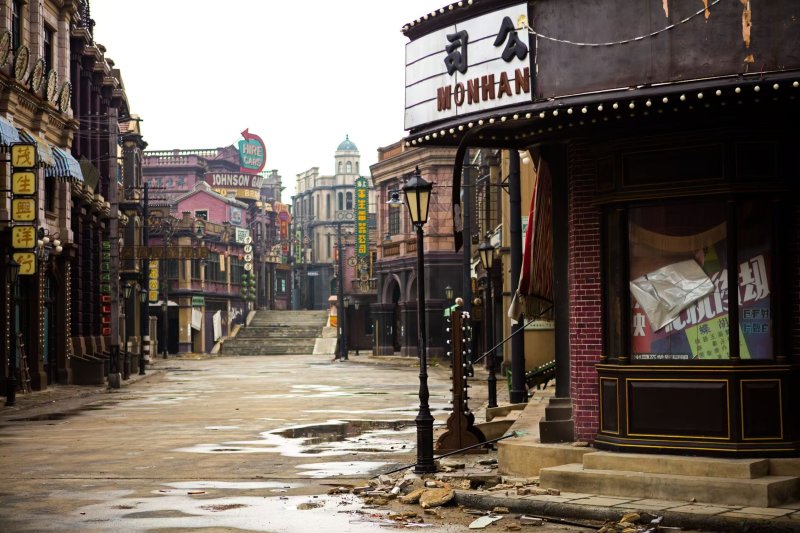
Wow, those sure were some sights. And you’ve never looked back, right?
That’s right. Since then, I have been researching, visiting, and photographing movie production sites all around China. In fact, the photographs that I am presenting at the event cover over a dozen sites, though there are plenty more nationwide. There’s Hengdian World Studios, purportedly the world’s largest production facility, and if you’re looking for vintage, you won’t want to miss out on the 1930s-era streetscape of the Shanghai Film Park. Western lovers will be enamored by the rusticity of Western Film City, teetering on the edge of the desert in Ningxia Province. There’s still the old Beijing Film Studio lot, now in disrepair and overgrown with weeds, the cathedral that was built for Zhang Yimou’s The Flowers of War outside Nanjing, and the bizarre theme parks of Changchun Movie Wonderland and Huayi Brothers Movie World. A legit map of wonders.

We wish we could set out on one such journey right away! You’ve now told us a bit about the past, but in fact Once Upon a Time… deals with the future of the film industry in China, too. Tell us a bit more about that.
In the West, we are usually knowledgeable about Hollywood, the mecca of cinema, and we make sure to get well acquainted with its tales of bygone glamour, set against the backdrop of the Cold War. Well, one reason that I am fascinated by the Chinese film industry is its enormous scope and ambition. Only in 2018, China produced over 1,000 films and 15,000 TV episodes. The Chinese film industry is actually making more movies than Hollywood. What’s more, China has been rapidly taking over as the world’s largest motion picture market, having surpassed the US box office for the first time in 2020.

And we can see that in the building of literal movie cities…
Exactly. Across the country, there are entire towns constructed around this industry, financed by local governments in the hope of attracting business and tourism. We’re talking about an unparalleled scale here. Movie sets in China are no plywood affair. Instead, you get monumental fortresses, mazelike palaces, and complete towns and urban neighborhoods of multistory buildings. In that sense, they actually make me turn my gaze to a century ago, when Cecil B. DeMille constructed the "City of the Pharaoh". It’s very different from our current standard of digital production factories.
It’s also worth mentioning that the movie towns are in a constant state of flux. It’s usual for larger sites to host multiple productions at once, and they do this while tourists mill about taking selfies; they even allow couples to take their engagement pictures in period dress over there. In fact, Hengdian now brings in more profit from tourists than from making films. There’s always some construction humming away in the background because everything gets regularly swapped out. Whenever I revisit any given site, I am a witness to this constant transformation.

Pure chaos. Or is it?
There is very much a formula at work here. As a matter of fact, numerous movies and TV dramas in China share the same backdrops, which is good news to filmmakers in that they’re able to reuse these locations over and over again. Large-scale outdoor sets tend to reflect fairly specific episodes in China’s history—think the ancient battles of the Warring States Period, Qing costume dramas, conflicts of the nineteenth century Opium Wars, gangsters in 1930s Shanghai and episodes of resistance under the Japanese occupation. These are already easily recognizable by Chinese audiences, but there’s an added element of familiarity via those ubiquitous backdrops.
It must feel weird to stand in those movie towns and be a witness to the magic behind the scenes…
To be honest, it’s that tension between truth and fiction that intrigues me the most. Films and photographic images can provide a vivid sense of reality, even when they are based in fiction. However, these film sets are mere phantoms of the real world. They were not designed to stand independently, but rather are constructed from a hodge-podge of incomplete cultural fragments devoid of context—props, architectural details, signs, and billboards. They exist to suggest a narrative that extends only far enough to sustain an illusion. As such, they’re brought to life by the stories that are projected onto them.

Excellent, that’s such eloquent wording on the nature of these spaces. I suppose it’s hard for you to play favorites, but is there any location that holds a special place in your heart?
If I had to pick one I would say the 1930s Nanjing Road set at the Shanghai Film Studio. There is one intersection, with an old tram and the Sincere Company department store, that has appeared in countless films and TV episodes, including international productions as well: Ang Lee’s Lust, Caution, Temptress Moon with Gong Li and Leslie Cheung, Merchant/Ivory production The White Countess; Hollywood film The Mummy: Tomb of the Dragon Emperor; the patriotic film The Founding of a Republic; Looper with Bruce Willis. The same intersection even stood in for London in The Painted Veil. Even if you are not aware of it, I guarantee you have seen it!
Earlier in this interview you brought up the logical interest of local governments in building these movie towns. But I suppose the experiment is more complex than it looks on paper. What’s the fine print on these dreams of prosperity? How do locals themselves view these developments?
While local governments often provide support, hoping to bring in revenue from film production and tourists, not all of these investments are successful. There are also numerous abandoned film sets around the country. Also, it is unclear what the future brings. Audiences may want to see more contemporary films set in real locations. The growth of streaming services has shifted film production towards smaller, flexible crews working around real locations and digital production may increasingly replace real world sets.
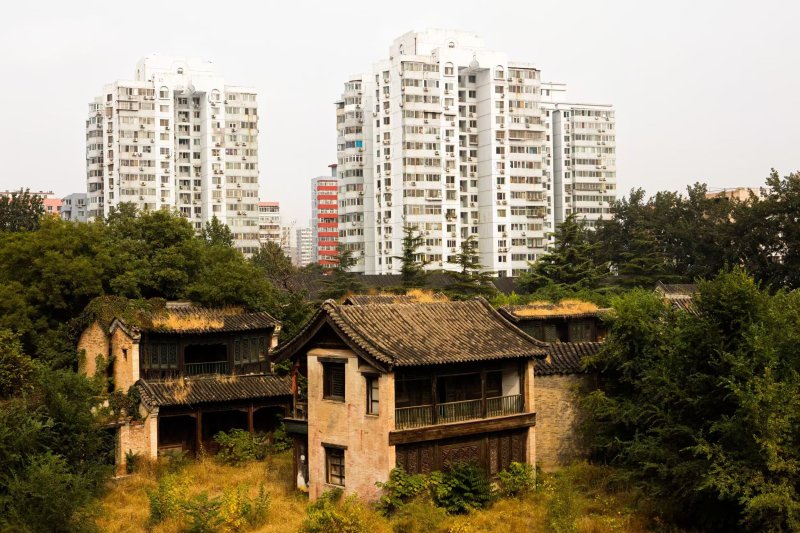
And while we’re discussing socioeconomic complexities, how do you think Covid affected these sites? Have they recovered? What’s different after the pandemic?
Covid did temporarily bring film production to a halt, though it has since returned to pre-Covid levels. Covid also had a tremendous impact on moviegoers, as cinemas closed and box office revenue plummeted. Moviegoing still has not recovered to where it was in 2019, and as people rely more on streaming services at home, it’s not clear that cinemas will ever regain the position they once had.
What’s the most rewarding aspect of this project for you? And what would you like the general public to understand about Chinese cinema that you’ve come to see yourself throughout the years?
The most fascinating and rewarding part of this project for me has been getting familiar with Chinese cinema. Relatively few Chinese films get a release for Western audiences, but there are many innovative and exciting films being made. I encourage people to watch some of the classic films as well as look out for new releases and independent films, which can often be accessed through film festivals or online.
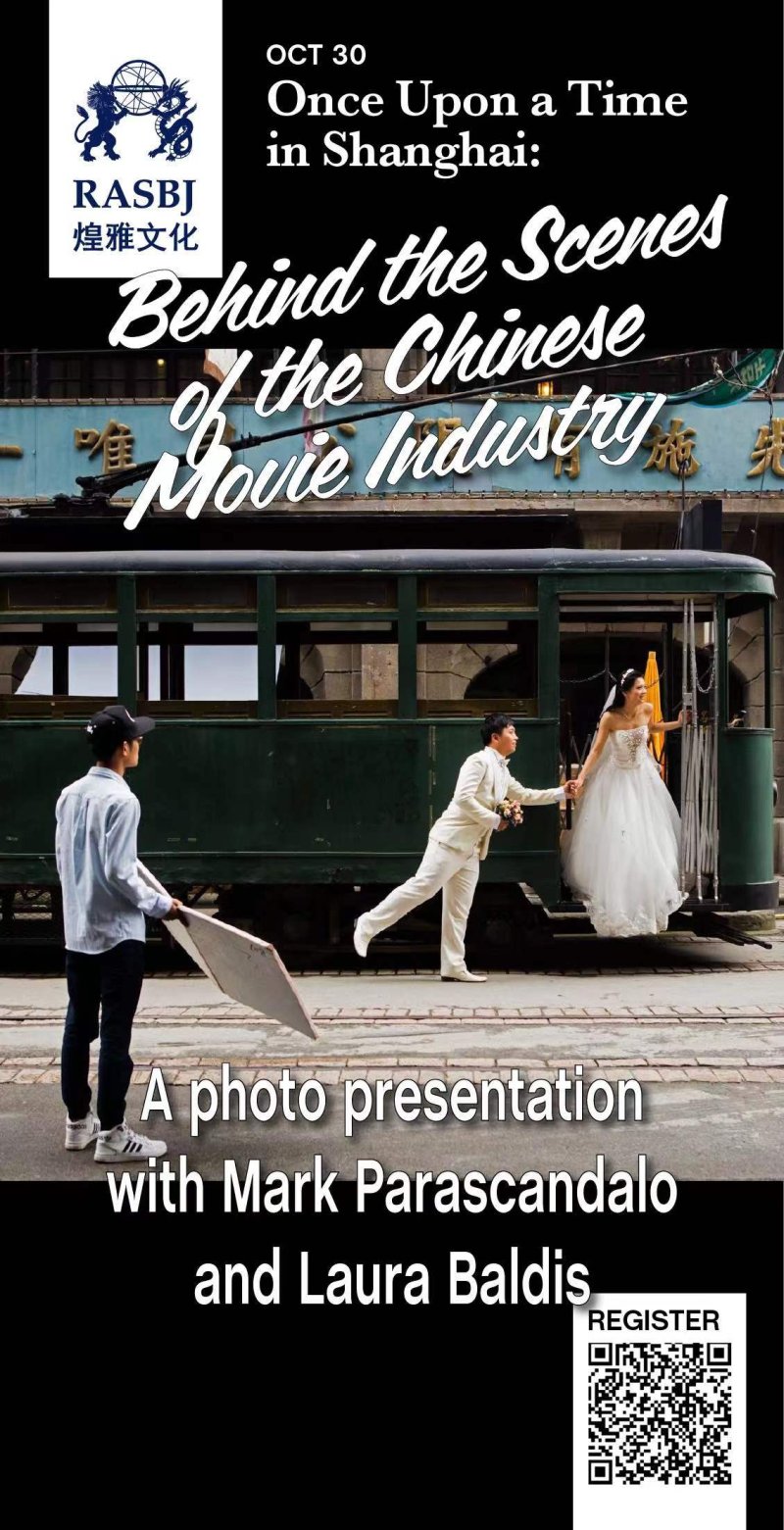
Once Upon a Time in Shanghai: Behind the Scenes of the Chinese Movie Industry will take place at Maison Lyonnaise on Wednesday, Oct 20 at from 7pm until 8pm. Tickets are RMB 200 for members of RASBJ and of partner RAS branches; RMB 300 for non-members. Nibbles and one welcome drink are included. You can register for the event by scanning the QR code in the poster above. If you want to see more work by Parascandola you can check out his website here.
La Maison Lyonnaise
44 Guanghua Lu, Chaoyang District
朝阳区光华路44号
READ: Got Photos of Beijing’s Autumn Colors? Share Them With Us!
Images courtesy of Mark Parascandola



